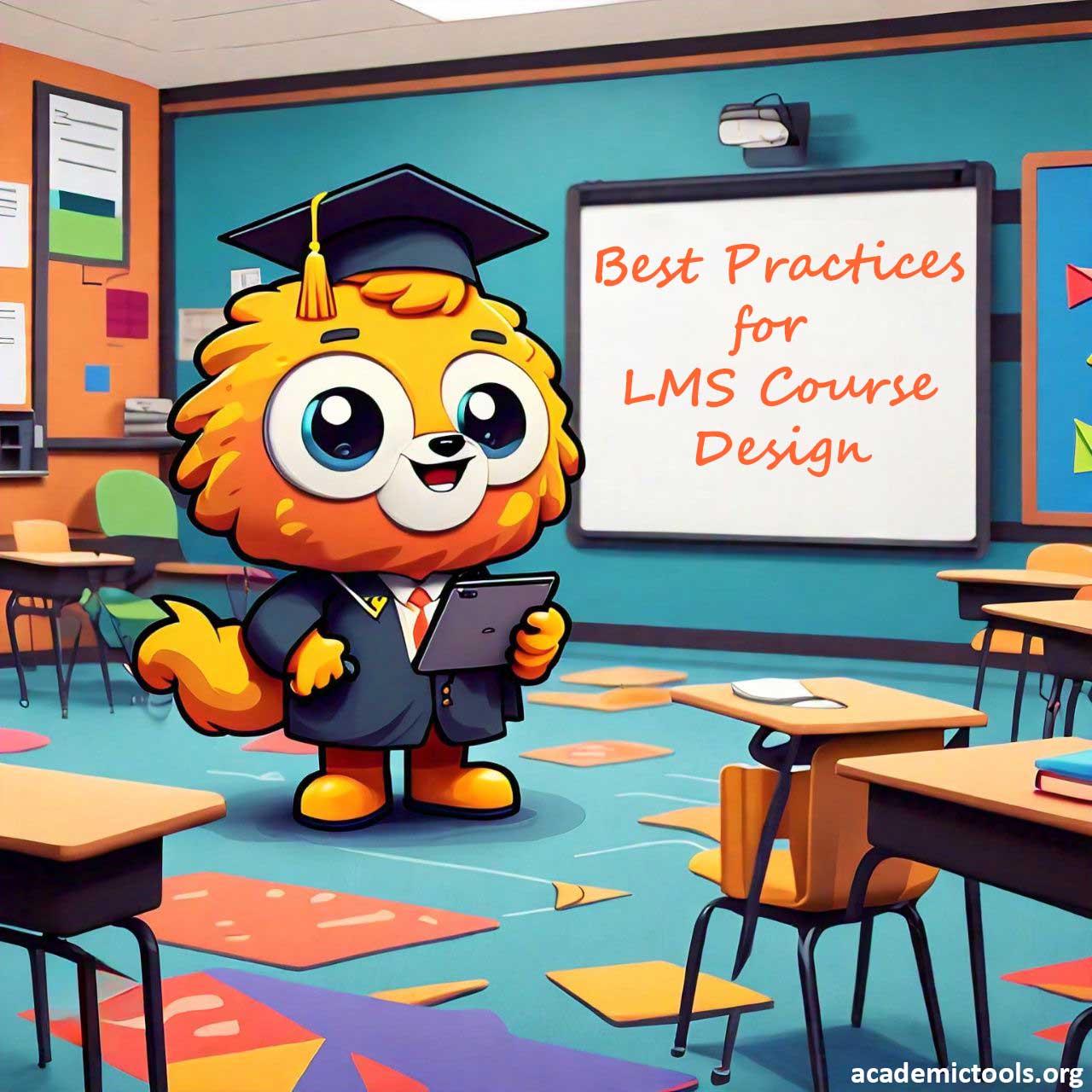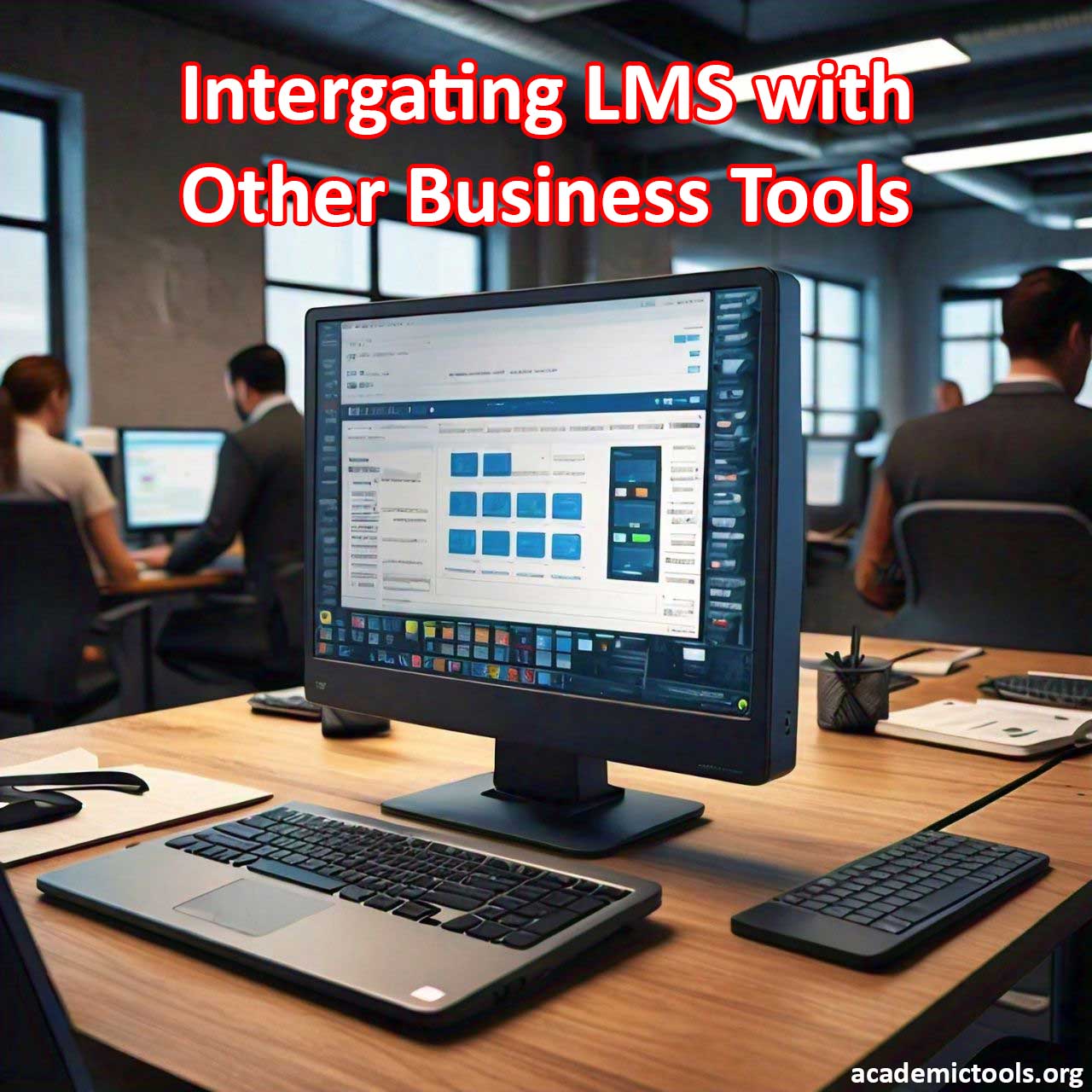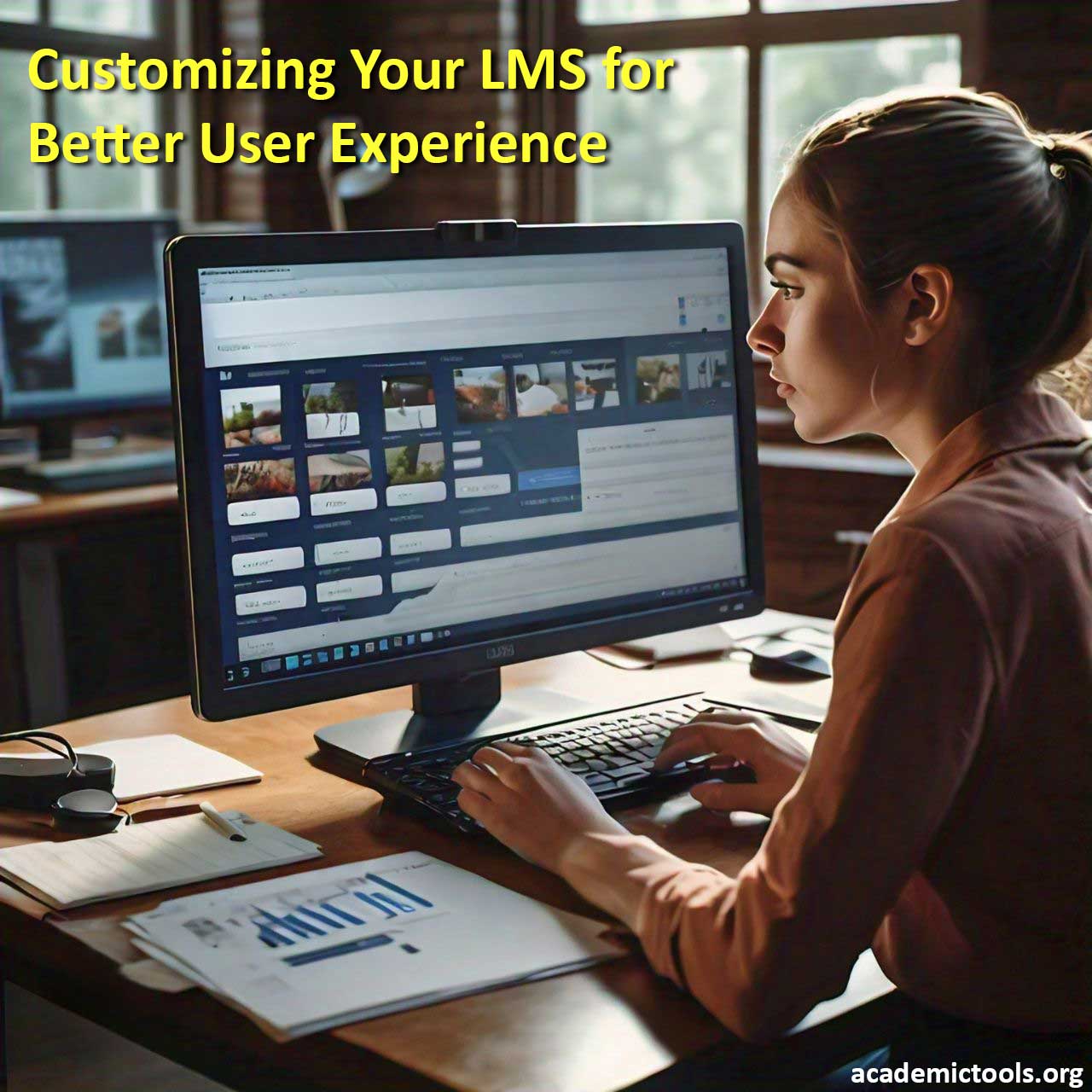Designing effective courses in a Learning Management System (LMS) is crucial for maximizing student engagement, retention, and learning outcomes. Whether you are a seasoned educator or new to online teaching, following best practices can significantly enhance the quality and effectiveness of your courses. Here are some essential best practices for LMS course design.
Table of Contents
1. Clear Learning Objectives
Effective LMS course design begins with clear, concise learning objectives that define what students will achieve by the end of the course. To ensure success, objectives should be Specific, Measurable, Achievable, Relevant, and Time-bound (SMART). By establishing well-defined objectives, instructors can create a focused and structured LMS course design that guides the learning journey and helps students understand the purpose and goals of their online learning experience.
2. Structured Course Outline
A well-structured course outline is the backbone of effective LMS course design. By breaking down the course into manageable modules or units, each focused on a specific topic or skill, instructors can create a clear roadmap for students to follow. A logical sequence of modules ensures that new knowledge builds upon previous learning, facilitating a seamless and engaging learning experience that promotes student success.
3. Engaging and Diverse Content
Effective LMS course design recognizes that students learn in different ways. To keep students engaged and cater to diverse learning styles, incorporate a variety of content delivery methods, such as videos, readings, quizzes, discussions, and interactive activities. Multimedia elements like infographics, podcasts, and animations can be particularly powerful in making complex concepts more accessible, interactive, and enjoyable, leading to a more immersive and effective online learning experience.
4. Interactive Elements
Effective LMS course design prioritizes interactivity to drive student engagement and motivation. By incorporating collaborative tools like discussion forums, group projects, and peer reviews, instructors can foster a sense of community and active participation. Interactive quizzes, assignments, and instant feedback mechanisms further enhance the learning experience, enabling students to track their progress, identify areas for improvement, and stay invested in their learning journey.
5. Accessibility and Inclusivity
Design your course with accessibility in mind to ensure all students can participate fully. Use alt text for images, provide transcripts for videos, and ensure that your LMS platform is compatible with screen readers. Offering content in multiple formats can also help accommodate different learning needs and preferences.
6. Consistent Navigation
Consistency in navigation helps students focus on learning rather than figuring out how to use the LMS. Use a consistent layout for each module, with clear labels and instructions. Ensure that important links, such as assignments, resources, and discussion boards, are easy to find and access.
7. Frequent Assessments and Feedback
Regular assessments help keep students on track and measure their progress. Use a variety of assessment methods, such as quizzes, essays, and practical projects. Provide timely and constructive feedback to guide students’ learning and improvement. Consider using automated quizzes for instant feedback and peer reviews for collaborative learning.
8. Real-World Applications
Connecting course content to real-world scenarios enhances relevance and engagement. Use case studies, simulations, and practical examples to illustrate how theoretical concepts apply in real-life situations. This approach helps students understand the practical implications of their learning and prepares them for future challenges.
9. Support and Resources
Provide ample support and resources to help students succeed. Include a comprehensive syllabus, detailed instructions for assignments, and a list of recommended readings and resources. Offer virtual office hours, Q&A forums, and other support channels to address student queries and concerns promptly.
10. Continuous Improvement
Discover best practices for LMS course design to enhance student engagement and learning outcomes. Learn about clear objectives, diverse content, accessibility, and more.
Solicit feedback from students throughout the course and after it concludes. Use this feedback to identify areas for improvement and make necessary adjustments. Regularly update course content to reflect new developments in the subject area and incorporate best practices in online teaching.
Conclusion
Effective LMS course design is crucial for delivering a rich and engaging learning experience that promotes student success. By incorporating best practices, educators can craft courses that are well-structured, interactive, and inclusive, ultimately enhancing educational outcomes. To stay up-to-date with the latest trends and research in LMS course design, explore the resources available from the Educause Learning Initiative. Continuous evaluation and improvement are also essential, ensuring that courses remain relevant, effective, and provide a valuable learning experience for all students.



